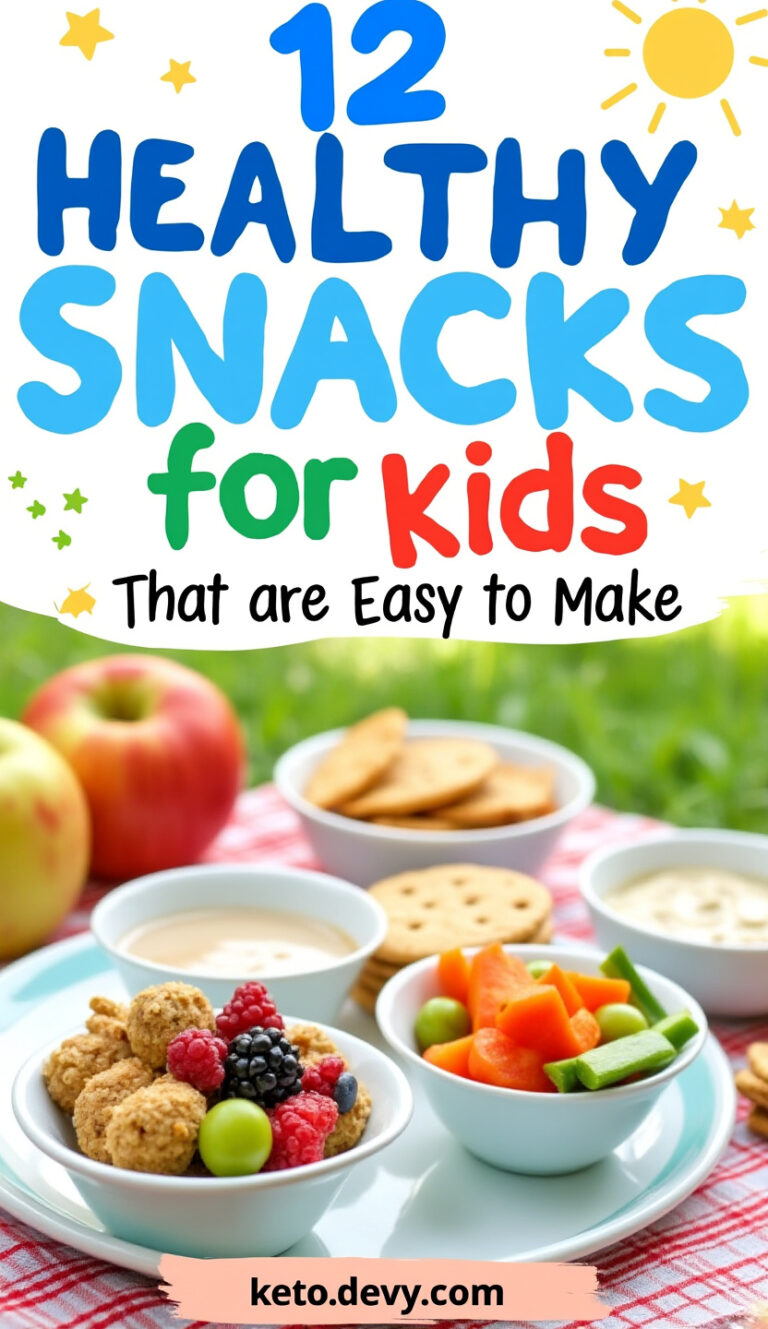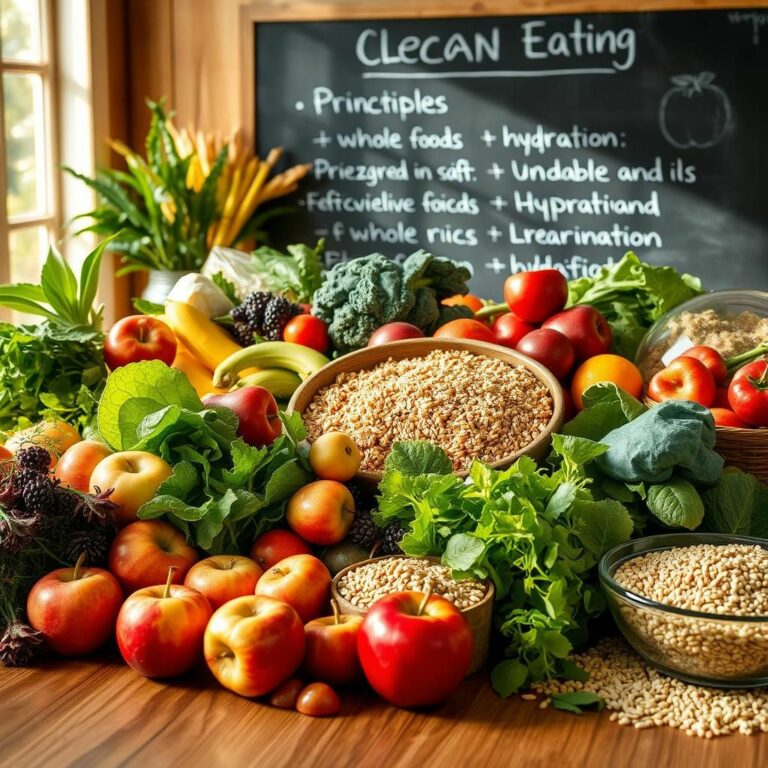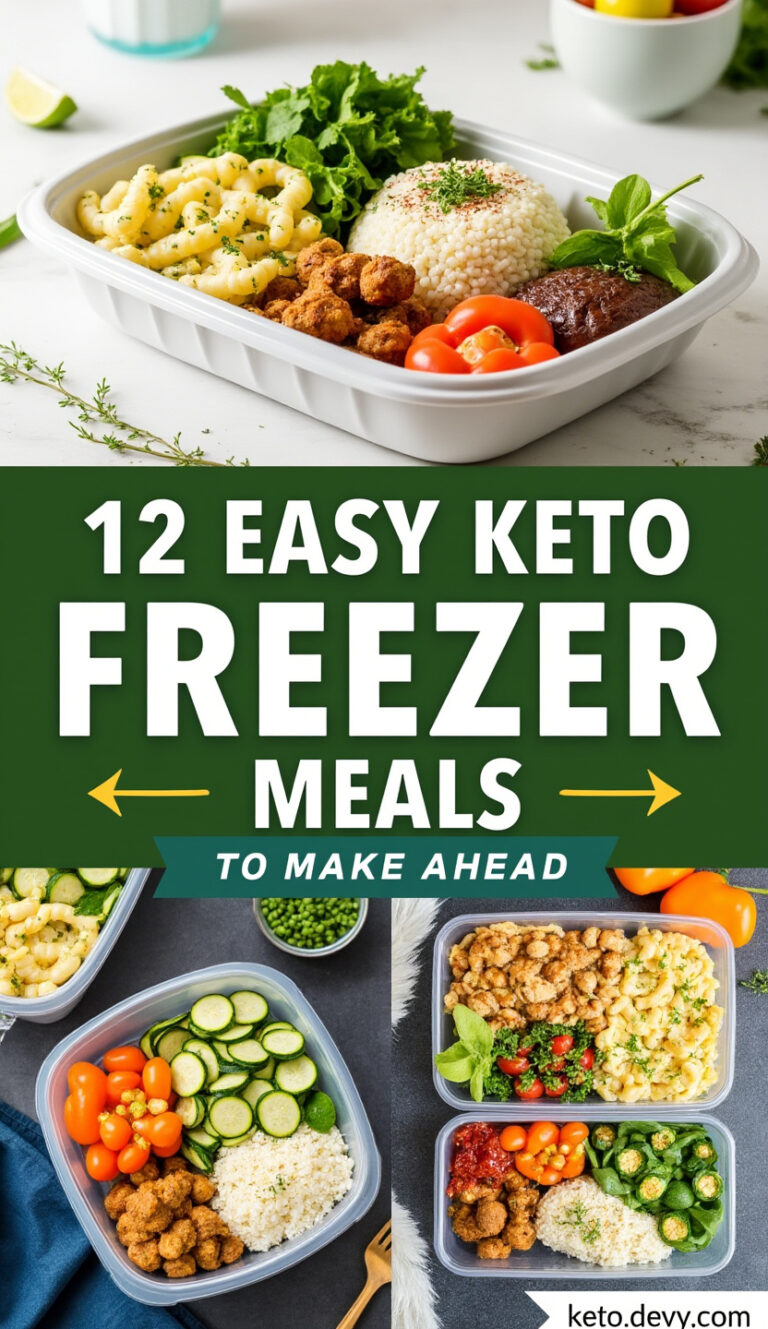Keto for Women: A Comprehensive Guide

The ketogenic diet, or keto diet, has surged in popularity as a powerful tool for weight loss and overall health improvement. While the fundamental principles of keto remain the same regardless of gender, women often have unique considerations and challenges. This comprehensive guide dives into the specifics of the keto diet for women, offering insights, tips, and actionable strategies for success.
Understanding the Keto Diet
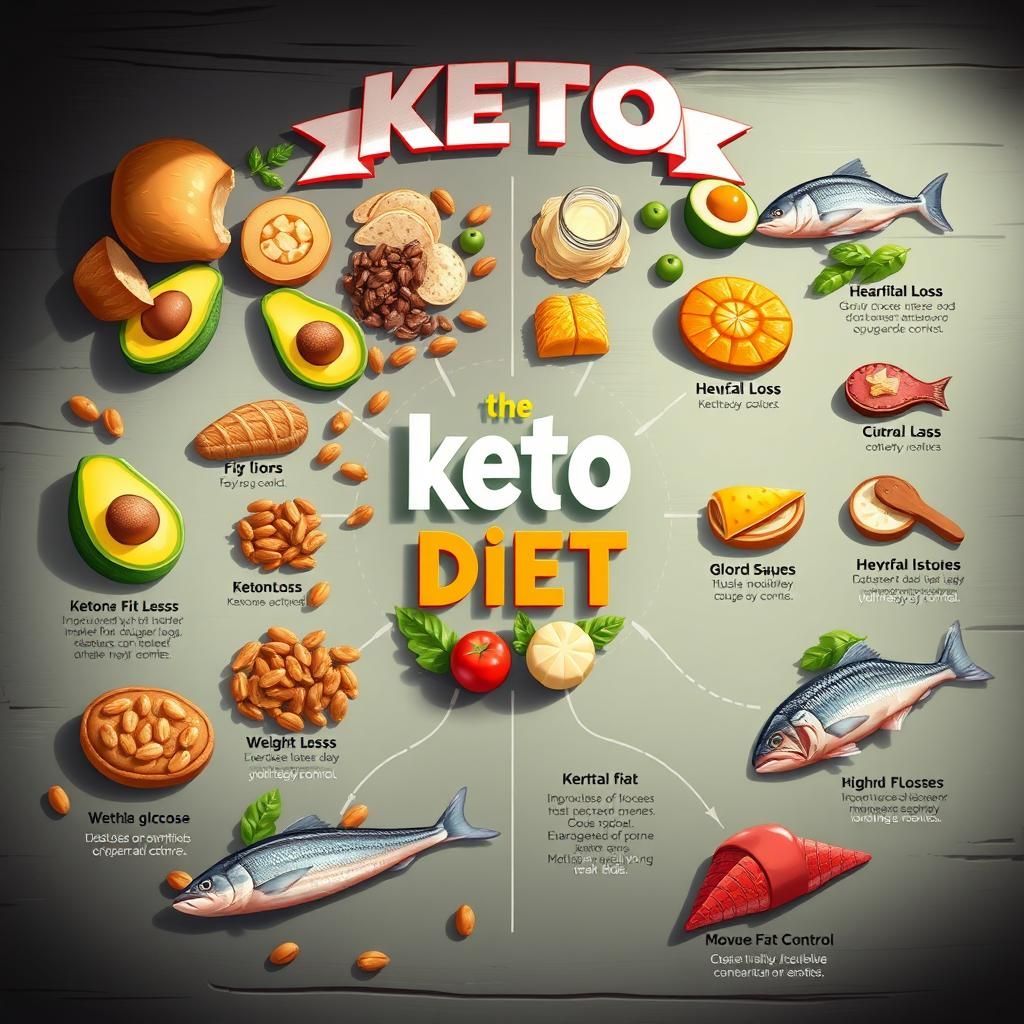
The keto diet is a high-fat, very low-carbohydrate diet that forces the body to switch its primary fuel source from glucose (from carbohydrates) to ketones (from fat). This metabolic state, known as ketosis, results in efficient fat burning and can lead to significant weight loss and various other health benefits.
The Science Behind Ketosis
When carbohydrate intake is drastically reduced (typically below 50 grams per day), the body depletes its glycogen stores (stored glucose) and begins to break down fat into ketones. These ketones then become the primary fuel source for the brain and body. This metabolic shift can lead to:
- Weight Loss: Increased fat burning and reduced appetite.
- Improved Blood Sugar Control: Lower carbohydrate intake stabilizes blood sugar levels.
- Enhanced Mental Clarity: Ketones can provide a more stable and efficient fuel source for the brain.
- Reduced Inflammation: Ketogenic diets have been shown to reduce markers of inflammation.
Macronutrient Ratios on Keto
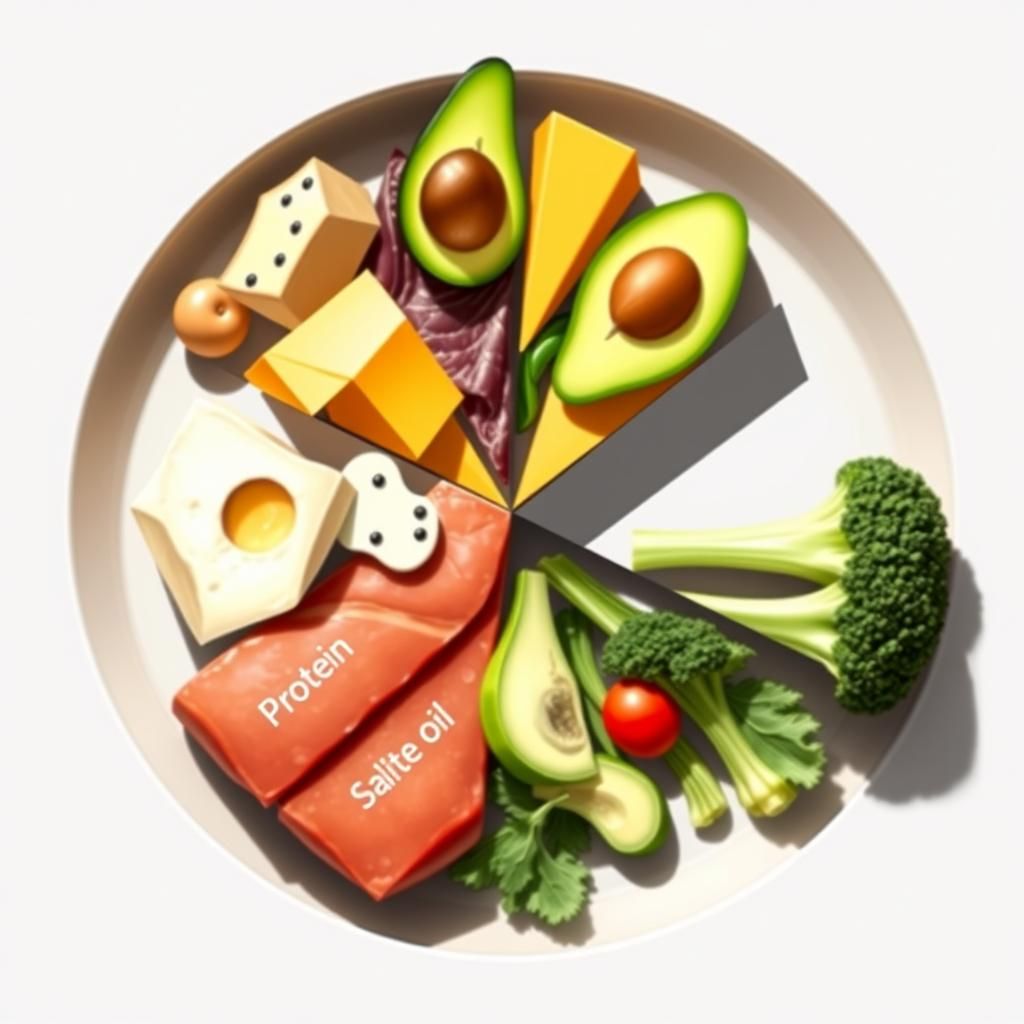
A typical ketogenic diet emphasizes the following macronutrient ratios:
- Fat: 70-80% of daily calories
- Protein: 20-25% of daily calories
- Carbohydrates: 5-10% of daily calories
These ratios are not set in stone and can be adjusted based on individual needs and activity levels.
Keto for Women: Unique Considerations
While the core principles of keto apply to everyone, women’s hormonal fluctuations and physiological differences necessitate specific considerations for optimal results.
Hormonal Sensitivity

Women’s bodies are more sensitive to hormonal changes than men’s. The keto diet can influence hormone levels, potentially leading to both positive and negative effects.
- Menstrual Irregularities: Some women experience changes in their menstrual cycle when starting keto, including missed periods (amenorrhea) or irregular periods. This is often due to the body adapting to the new metabolic state and can be temporary.
- Thyroid Function: Keto can affect thyroid function, particularly in women with pre-existing thyroid conditions. It’s crucial to monitor thyroid hormone levels and consult with a healthcare professional.
- Stress Hormones: The initial stress of adapting to keto can elevate cortisol levels (the stress hormone), potentially impacting sleep, mood, and appetite.
Nutritional Needs
Women have specific nutritional needs that must be met while following a ketogenic diet.
- Iron: Women are more prone to iron deficiency due to menstruation. It’s essential to consume iron-rich foods like leafy greens, red meat (in moderation), and fortified foods.
- Calcium: Adequate calcium intake is crucial for bone health. Include calcium-rich foods like dairy (if tolerated), leafy greens, and fortified plant-based milks.
- Folate: Folate is essential for women of childbearing age. Consume folate-rich foods like spinach, avocado, and broccoli. Supplementation may be necessary.
Pregnancy and Breastfeeding
The keto diet is generally not recommended during pregnancy or breastfeeding unless under strict medical supervision.
- Pregnancy: Adequate carbohydrate intake is essential for fetal development. Restricting carbohydrates during pregnancy can potentially harm the developing fetus.
- Breastfeeding: Carbohydrates are necessary for milk production. Restricting carbs can reduce milk supply.
Consult with a healthcare professional before starting keto if you are pregnant or breastfeeding.
Benefits of Keto for Women
Despite the unique considerations, the keto diet can offer numerous benefits for women:

Weight Loss and Body Composition
Keto is highly effective for weight loss, particularly for women who struggle with insulin resistance or PCOS (Polycystic Ovary Syndrome).
- Increased Fat Burning: The body becomes more efficient at burning fat for fuel.
- Reduced Appetite: Ketones can suppress appetite and reduce cravings.
- Improved Insulin Sensitivity: Keto can help regulate blood sugar levels and improve insulin sensitivity.
- Preservation of Muscle Mass: Unlike some other weight loss diets, keto can help preserve muscle mass.
PCOS Management
PCOS is a hormonal disorder that affects many women. Keto can be a valuable tool for managing PCOS symptoms.
- Improved Insulin Sensitivity: Insulin resistance is a key feature of PCOS. Keto can improve insulin sensitivity and reduce insulin levels.
- Weight Management: Weight loss can help improve PCOS symptoms.
- Hormone Regulation: Keto can help regulate hormone levels, including testosterone and estrogen.
- Improved Fertility: In some cases, keto can improve fertility in women with PCOS.
Improved Energy Levels and Mental Clarity
Many women report experiencing improved energy levels and mental clarity on keto.
- Stable Blood Sugar Levels: Avoiding blood sugar spikes and crashes can lead to more stable energy levels.
- Ketones as Fuel: Ketones provide a consistent and efficient fuel source for the brain.
- Reduced Brain Fog: Some women report experiencing reduced brain fog on keto.
Reduced Inflammation
Chronic inflammation is linked to various health problems. Keto can help reduce inflammation in the body.
- Reduced Inflammatory Markers: Studies have shown that keto can reduce markers of inflammation.
- Improved Gut Health: Keto can improve gut health by reducing the growth of harmful bacteria.
- Reduced Pain: Some women with chronic pain conditions report experiencing reduced pain on keto.
Getting Started with Keto: A Step-by-Step Guide
Starting a keto diet can seem daunting, but it’s manageable with a structured approach.
Step 1: Calculate Your Macros
Determine your individual macronutrient needs based on your age, weight, activity level, and goals. Several online keto calculators can help you estimate your macros.
- Net Carbs: Focus on net carbs, which are total carbs minus fiber.
- Protein: Aim for a moderate protein intake to preserve muscle mass.
- Fat: Fill the remaining calories with healthy fats.
Step 2: Plan Your Meals
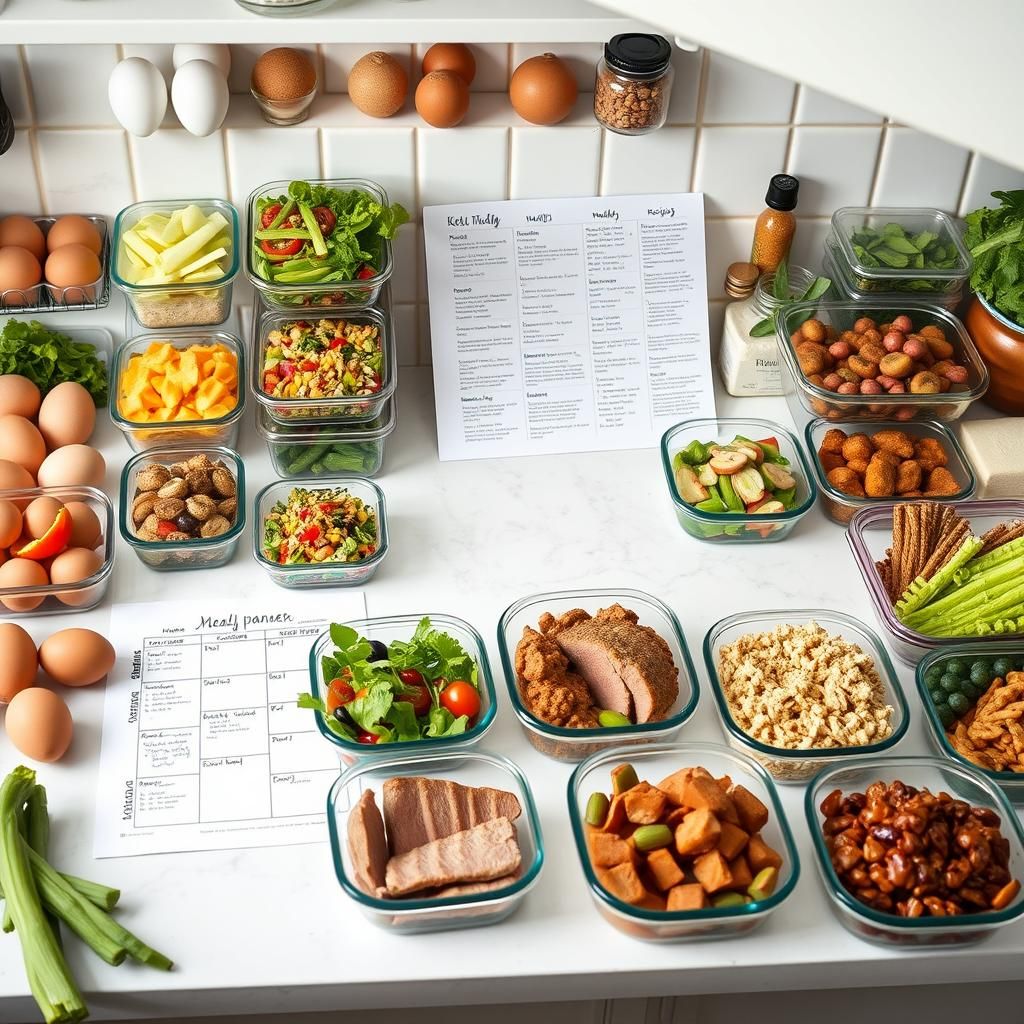
Meal planning is crucial for success on keto. Plan your meals in advance to ensure you’re meeting your macronutrient goals and avoiding impulsive decisions.
- Create a Meal Plan: Develop a weekly meal plan that includes breakfast, lunch, dinner, and snacks.
- Grocery Shopping: Make a grocery list based on your meal plan.
- Prepare Meals in Advance: Prepare meals in advance to save time and stay on track.
Step 3: Choose Keto-Friendly Foods
Focus on consuming nutrient-dense, keto-friendly foods.
- Healthy Fats: Avocado, olive oil, coconut oil, nuts, seeds, and fatty fish.
- Protein: Meat, poultry, fish, eggs, and tofu.
- Low-Carb Vegetables: Leafy greens, broccoli, cauliflower, asparagus, and bell peppers.
- Dairy (Optional): Cheese, heavy cream, and Greek yogurt (full-fat).
Step 4: Avoid High-Carb Foods
Avoid or drastically limit high-carbohydrate foods.
- Grains: Bread, pasta, rice, and cereal.
- Sugary Foods: Candy, soda, juice, and pastries.
- Starchy Vegetables: Potatoes, corn, and peas.
- Fruits: Limit high-sugar fruits like bananas and grapes.
Step 5: Track Your Progress
![]()
Track your progress to monitor your results and make adjustments as needed.
- Weight: Weigh yourself regularly.
- Measurements: Take body measurements to track changes in body composition.
- Ketone Levels: Test your ketone levels using urine strips, blood ketone meters, or breath analyzers.
- Food Journal: Keep a food journal to track your food intake and macronutrient ratios.
Step 6: Stay Hydrated

Drink plenty of water to stay hydrated, especially during the initial stages of keto.
- Water: Aim for at least 8 glasses of water per day.
- Electrolytes: Replenish electrolytes, such as sodium, potassium, and magnesium, to prevent keto flu symptoms.
Step 7: Manage Keto Flu

The keto flu is a common experience during the initial stages of keto, characterized by symptoms like fatigue, headache, and nausea.
- Hydration: Drink plenty of water.
- Electrolytes: Replenish electrolytes.
- Rest: Get plenty of rest.
- Increase Fat Intake: Ensure you’re consuming enough healthy fats.
Step 8: Be Patient and Consistent
It takes time for the body to adapt to keto. Be patient and consistent with your efforts, and don’t get discouraged by occasional setbacks.
Keto-Friendly Foods: A Comprehensive List

Navigating the grocery store on keto can be simplified with a clear understanding of what to include in your shopping cart.
Fats and Oils
- Avocado: Versatile and rich in healthy monounsaturated fats.
- Olive Oil: Excellent for drizzling and cooking at low temperatures.
- Coconut Oil: Ideal for cooking at high temperatures and adds a distinct flavor.
- MCT Oil: Easily digested and converted into ketones, providing a quick energy boost.
- Butter and Ghee: Use in moderation for cooking and adding flavor.
- Avocado Oil: High smoke point, making it suitable for various cooking methods.
- Flaxseed Oil: Rich in omega-3 fatty acids; best used cold due to its low smoke point.
Proteins
- Beef: Grass-fed beef is preferred for its higher nutrient content.
- Pork: Bacon, sausage (check for added sugars), and pork chops.
- Poultry: Chicken, turkey, and duck.
- Fish: Salmon, tuna, mackerel, sardines (rich in omega-3s).
- Shellfish: Shrimp, crab, lobster, and mussels.
- Eggs: Versatile and packed with nutrients.
- Tofu and Tempeh: Plant-based protein sources.
- Protein Powder (Keto-Friendly): Whey isolate, collagen peptides, or plant-based blends.
Vegetables
- Leafy Greens: Spinach, kale, lettuce, arugula, and Swiss chard.
- Cruciferous Vegetables: Broccoli, cauliflower, cabbage, and Brussels sprouts.
- Avocado: Technically a fruit, but often used as a vegetable due to its low sugar content.
- Bell Peppers: Red, yellow, and green.
- Asparagus: Low in carbs and high in nutrients.
- Zucchini and Summer Squash: Versatile and mild in flavor.
- Mushrooms: Various types, including shiitake, cremini, and portobello.
- Cucumber: Hydrating and refreshing.
- Radishes: Peppery and crunchy.
- Green Beans: In moderation.
- Onions: Use sparingly due to their higher carb content compared to other vegetables.
Dairy (Optional)
- Cheese: Cheddar, mozzarella, cream cheese, and Parmesan.
- Heavy Cream: Use in coffee, sauces, and desserts.
- Greek Yogurt (Full-Fat): Plain and unsweetened.
- Sour Cream: Full-fat and used in moderation.
- Butter: Unsalted for cooking and baking.
Nuts and Seeds
- Almonds: Raw or roasted (unsalted).
- Walnuts: Rich in omega-3 fatty acids.
- Macadamia Nuts: High in fat and low in carbs.
- Pecans: Buttery and delicious.
- Chia Seeds: High in fiber and omega-3s.
- Flax Seeds: Grind before consuming for better absorption.
- Pumpkin Seeds: Rich in minerals like zinc.
- Sunflower Seeds: Another good source of nutrients.
Fruits (Limited)
- Avocado: As mentioned, it’s low in carbs and high in healthy fats.
- Berries: Strawberries, blueberries, raspberries, and blackberries (in moderation).
- Lemons and Limes: Use for flavoring water and dishes.
Sweeteners (Keto-Friendly)
- Stevia: A natural, zero-calorie sweetener.
- Erythritol: A sugar alcohol that is generally well-tolerated.
- Monk Fruit: Another natural, zero-calorie sweetener.
- Xylitol: Use with caution as it can be toxic to pets.
Miscellaneous
- Herbs and Spices: For flavoring dishes without adding carbs.
- Vinegar: Apple cider vinegar, white vinegar, and balsamic vinegar (in moderation).
- Mustard: Dijon and yellow mustard (check labels for added sugars).
- Soy Sauce (Low Sodium): In moderation.
- Bone Broth: Rich in collagen and nutrients.
- Unsweetened Almond Milk/Coconut Milk: As a dairy alternative.
Sample Keto Meal Plan for Women
This sample meal plan provides a guideline for a week of keto eating. Adjust portion sizes based on your individual macronutrient needs.
Day 1:
- Breakfast: Scrambled eggs with cheese and avocado.
- Lunch: Salad with grilled chicken, avocado, and olive oil dressing.
- Dinner: Salmon with roasted broccoli and cauliflower.
- Snacks: Macadamia nuts and cheese.
Day 2:
- Breakfast: Bulletproof coffee (coffee blended with coconut oil and butter).
- Lunch: Leftover salmon and roasted vegetables.
- Dinner: Ground beef stir-fry with bell peppers and zucchini.
- Snacks: Hard-boiled eggs and almonds.
Day 3:
- Breakfast: Keto smoothie with spinach, avocado, protein powder, and almond milk.
- Lunch: Tuna salad with celery and mayonnaise on lettuce wraps.
- Dinner: Chicken thighs with roasted Brussels sprouts.
- Snacks: Cheese crisps and walnuts.
Day 4:
- Breakfast: Omelet with cheese, mushrooms, and spinach.
- Lunch: Leftover chicken thighs and Brussels sprouts.
- Dinner: Steak with asparagus and butter.
- Snacks: Pork rinds and pecans.
Day 5:
- Breakfast: Chia seed pudding with berries and coconut cream.
- Lunch: Salad with shrimp, avocado, and olive oil dressing.
- Dinner: Ground turkey with cauliflower rice and avocado.
- Snacks: Celery sticks with cream cheese and macadamia nuts.
Day 6:
- Breakfast: Bacon and eggs.
- Lunch: Leftover ground turkey and cauliflower rice.
- Dinner: Pork chops with green beans.
- Snacks: Cheese and almonds.
Day 7:
- Breakfast: Keto pancakes with berries and whipped cream (keto-friendly sweeteners).
- Lunch: Salad with grilled salmon and mixed greens.
- Dinner: Chicken wings (baked or air-fried) with blue cheese dressing.
- Snacks: Olives and cheese.
Potential Challenges and How to Overcome Them
While keto can be highly effective, it’s not without its challenges. Understanding these potential hurdles and having strategies to overcome them is key to long-term success.
Keto Flu
- Challenge: As mentioned earlier, the keto flu is a common side effect during the initial adaptation phase, characterized by fatigue, headaches, and nausea.
- Solution: Stay hydrated, replenish electrolytes (sodium, potassium, magnesium), get adequate rest, and gradually reduce carbohydrate intake instead of drastically cutting them all at once.
Cravings
- Challenge: Cravings for carbohydrates and sugary foods can be intense, especially in the beginning.
- Solution: Plan your meals in advance, have keto-friendly snacks readily available, and find healthy ways to satisfy cravings (e.g., keto-friendly desserts, nuts, or cheese).
Nutritional Deficiencies
- Challenge: Restricting food groups can lead to nutritional deficiencies if not carefully planned.
- Solution: Focus on consuming a wide variety of nutrient-dense, keto-friendly foods, and consider taking a multivitamin or specific supplements as needed (e.g., iron, calcium, vitamin D).
Social Situations
- Challenge: Navigating social events and eating out can be challenging on keto.
- Solution: Plan ahead by reviewing menus online, inform friends and family about your dietary needs, and focus on ordering protein and vegetables while avoiding high-carb sides.
Plateauing
- Challenge: Weight loss may slow down or stall after a certain point.
- Solution: Re-evaluate your macronutrient ratios, increase physical activity, ensure you’re getting enough sleep, and consider intermittent fasting or carb cycling.
Digestive Issues
- Challenge: Some individuals experience digestive issues like constipation or diarrhea on keto.
- Solution: Increase fiber intake by consuming more low-carb vegetables, stay hydrated, and consider taking a probiotic supplement.
Hormonal Imbalances
- Challenge: As discussed earlier, keto can affect hormone levels, potentially leading to menstrual irregularities or thyroid issues.
- Solution: Monitor your hormone levels, consult with a healthcare professional, and adjust your diet or lifestyle as needed.
Expert Tips for Success on Keto for Women
Here are some expert-backed tips to maximize your success on the keto diet as a woman:
- Prioritize Sleep: Aim for 7-9 hours of quality sleep per night to support hormone balance and reduce stress.
- Manage Stress: Practice stress-reducing techniques like yoga, meditation, or spending time in nature.
- Listen to Your Body: Pay attention to how your body responds to the diet and make adjustments as needed.
- Focus on Whole Foods: Prioritize whole, unprocessed foods over processed keto products.
- Don’t Be Afraid to Adjust: The keto diet is not one-size-fits-all. Experiment with different macronutrient ratios and food choices to find what works best for you.
- Seek Professional Guidance: Consult with a registered dietitian or healthcare professional for personalized advice and support.
- Celebrate Small Wins: Acknowledge and celebrate your progress, no matter how small.

Take the Next Step!
Ready to dive deeper into the world of Keto?
Get Your Ultimate Keto Meal Plan Now! Design Your Personalized Keto Diet!
The ketogenic diet can be a powerful tool for women seeking weight loss, improved health, and enhanced well-being. By understanding the unique considerations and challenges, and implementing the strategies outlined in this guide, women can successfully navigate the keto diet and reap its numerous benefits. Remember to prioritize your health, listen to your body, and seek professional guidance when needed. Embrace the journey, and empower yourself through the transformative potential of keto.
Affiliate Link Disclosure: Some of the links in this post are affiliate links. This means that if you click on the link and make a purchase, I may receive a small commission at no extra cost to you. I only recommend products or services that I personally use and believe will be valuable to my readers.

